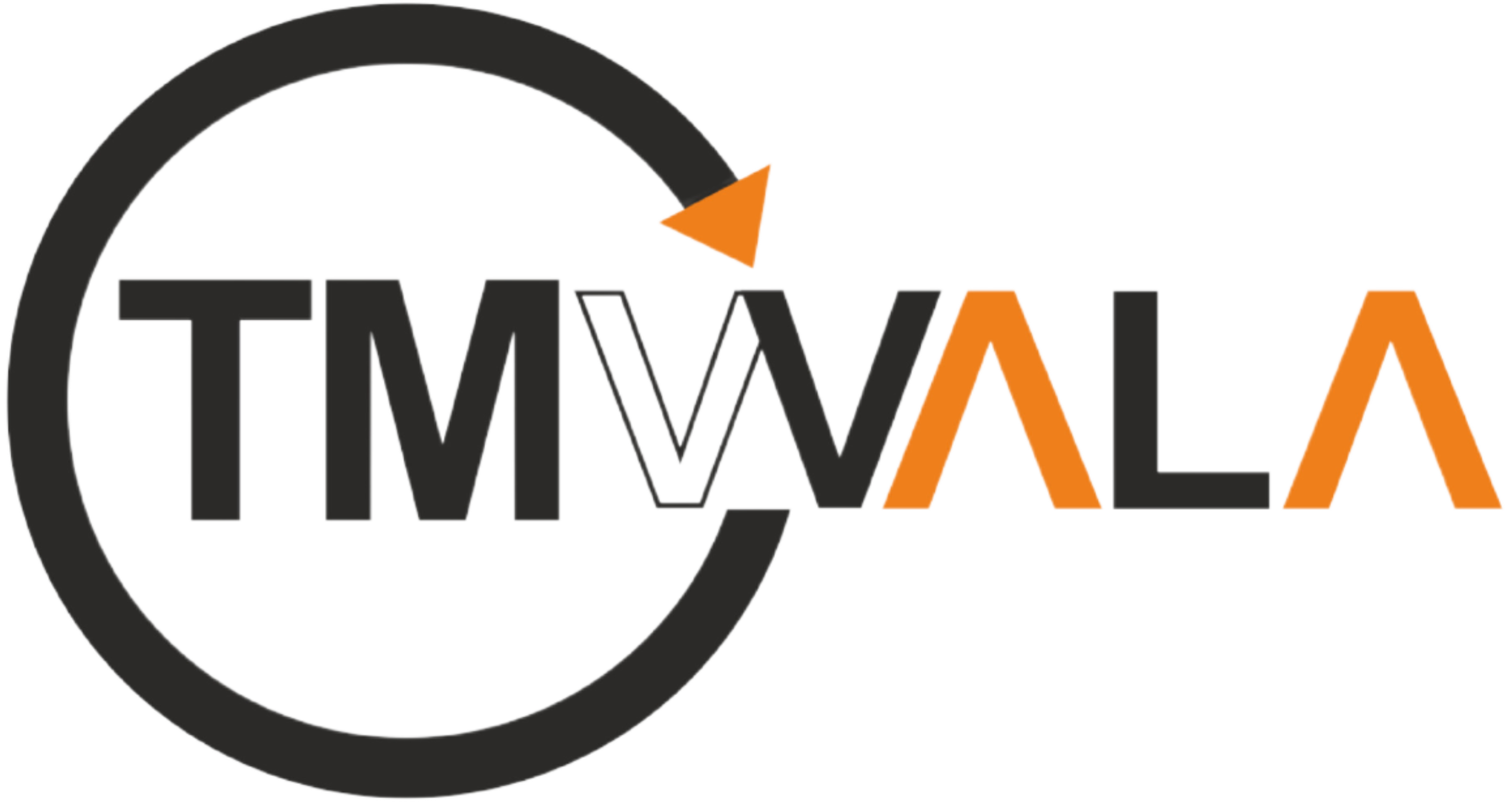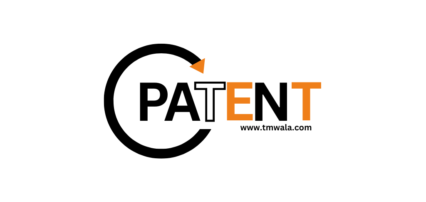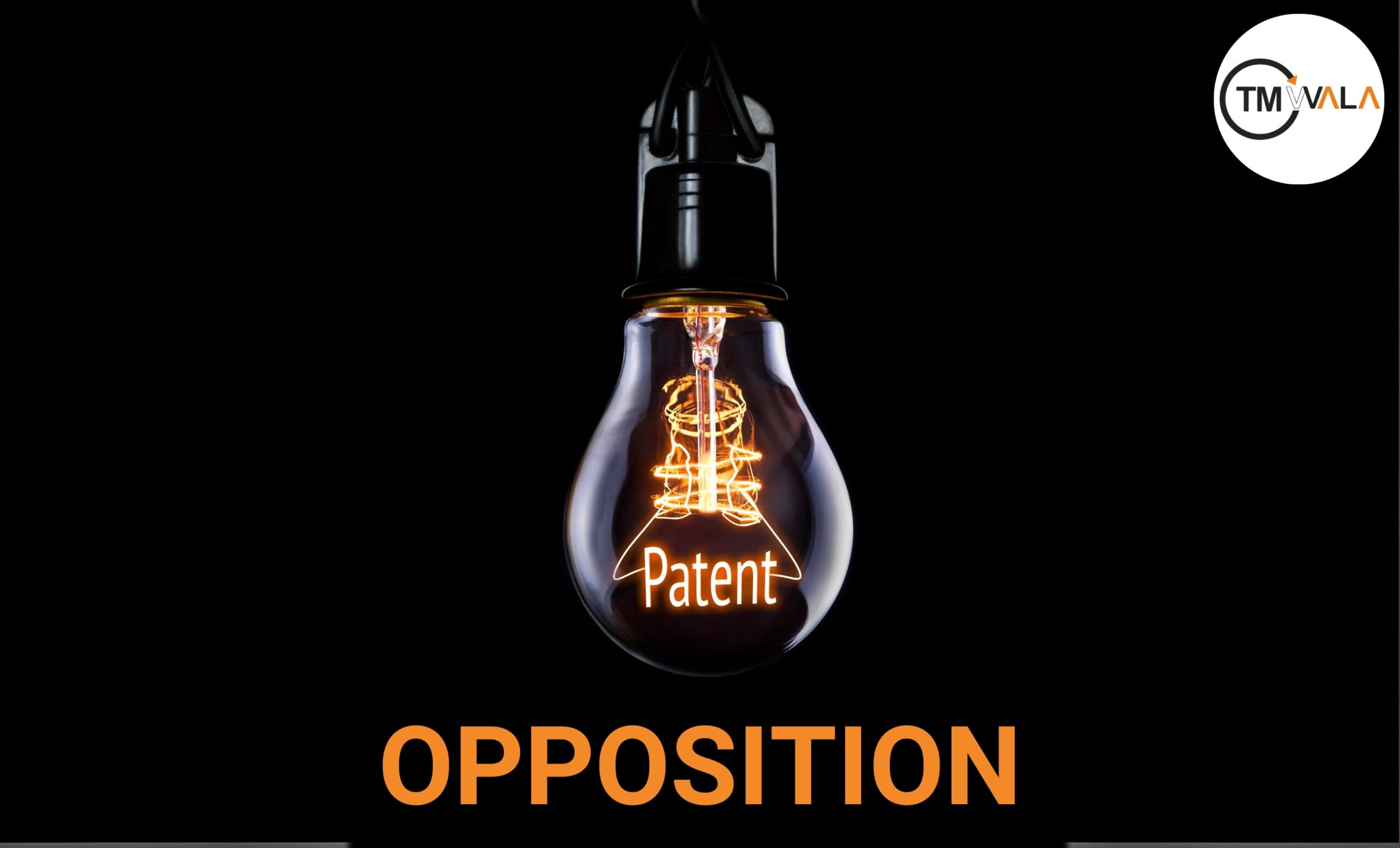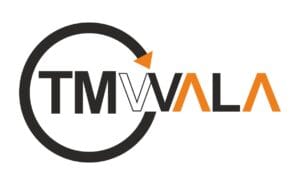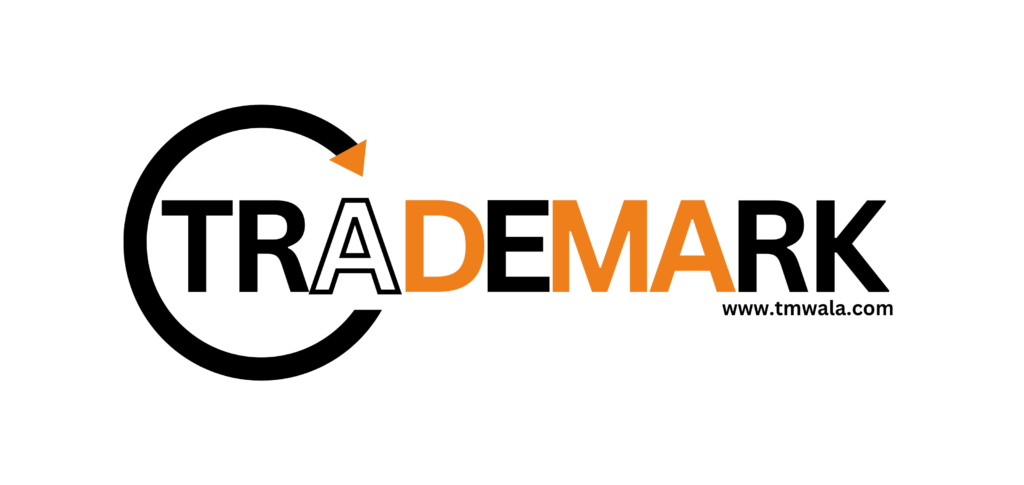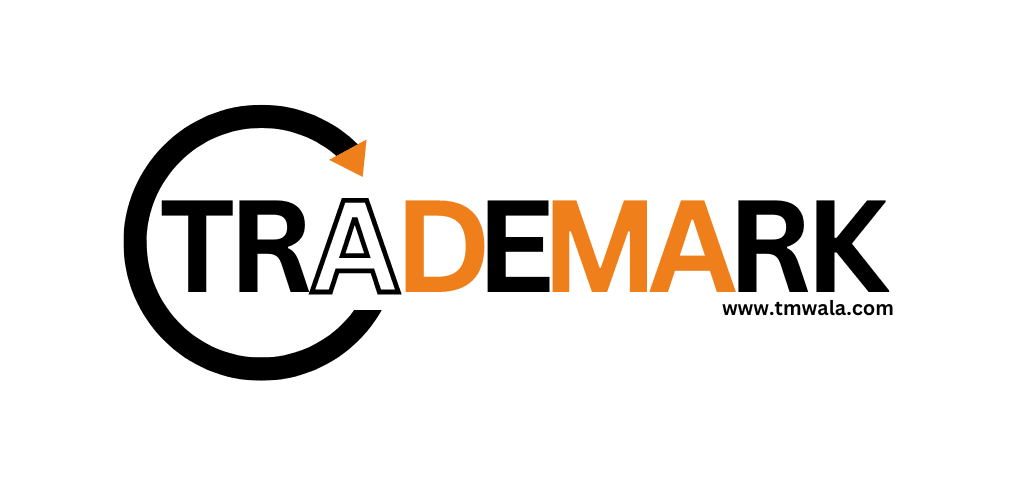Patent opposition is a critical mechanism within the patent system that allows third parties to challenge the validity of a granted patent. This process is essential for maintaining the integrity of the patent system by ensuring that only truly innovative and non-obvious inventions are granted patent protection. This article provides a comprehensive, legally sound, and easy-to-understand guide to patent opposition, including its purpose, procedures, and strategies for navigating this process.
What is Patent Opposition?
Definition and Purpose Patent opposition is a formal procedure by which an individual or organization can challenge the validity of a patent after it has been granted but before it is enforced. The purpose of patent opposition is to ensure that patents are only granted for inventions that meet all the legal criteria for patentability, including novelty, inventive step, and industrial applicability.
When Can Opposition Be Filed? The opposition period typically begins after the patent has been granted and is published. The exact timeframe for filing an opposition varies by jurisdiction but generally falls within a few months to a year from the patent’s grant date.
Grounds for Patent Opposition
a. Lack of Novelty An opposition may be based on the argument that the invention is not novel. This means that the invention has already been disclosed in prior art, which could include patents, publications, or other public disclosures available before the patent’s filing date.
b. Lack of Inventive Step (Non-Obviousness) If the invention is deemed obvious to someone skilled in the relevant field based on prior art, an opposition can be filed. The opposition argues that the invention does not involve an inventive step and would have been obvious to a person of ordinary skill.
c. Insufficient Disclosure An opposition can also challenge the adequacy of the patent’s disclosure. This ground argues that the patent application does not provide enough detail for a person skilled in the art to replicate the invention.
d. Patentable Subject Matter Oppositions may argue that the subject matter of the patent is not eligible for patent protection. This could involve claims that the invention falls into excluded categories, such as abstract ideas or natural phenomena.
e. Formal Issues Oppositions may also be based on formal issues, such as errors in the patent application or inconsistencies in the claims. These issues can affect the patent’s validity if they violate legal or procedural requirements.
The Patent Opposition Process
a. Filing an Opposition To initiate an opposition, the opposing party (opponent) must file a formal notice of opposition with the relevant patent office. This notice should include the grounds for opposition, supporting evidence, and any legal arguments.
b. Response from the Patentee Upon receiving the opposition, the patentee (the holder of the patent) has the opportunity to respond. This response typically includes arguments and evidence to refute the opposition’s claims and defend the validity of the patent.
c. Examination and Hearing The patent office will examine the opposition and the patentee’s response. This may involve a hearing where both parties present their arguments and evidence. The patent office may also request additional information or clarifications.
d. Decision After considering all submissions and evidence, the patent office will make a decision on the opposition. Possible outcomes include the dismissal of the opposition (upholding the patent), amendment of the patent (modifying claims or descriptions), or revocation of the patent (if the opposition is successful).
e. Appeals In some jurisdictions, the decision of the patent office can be appealed. Both the patentee and the opponent may have the right to challenge the decision before a higher authority or court.
Strategies for Filing a Successful Opposition
a. Conduct Thorough Research Before filing an opposition, conduct a comprehensive search of prior art and gather evidence to support your claims. This includes reviewing patents, scientific literature, and other relevant sources.
b. Prepare a Detailed Notice of Opposition Ensure that the notice of opposition is well-prepared and clearly outlines the grounds for opposition, supported by evidence and legal arguments. A detailed and well-organized submission increases the chances of a successful outcome.
c. Engage Experts Consider engaging technical and legal experts to strengthen your case. Experts can provide valuable insights, technical analyses, and opinions that support your opposition.
d. Be Strategic in Arguments Focus on the most compelling grounds for opposition. Present clear and concise arguments, and address any potential counterarguments that the patentee might raise.
e. Monitor Deadlines Adhere to all deadlines and procedural requirements. Failure to meet deadlines or comply with procedural rules can adversely affect the outcome of the opposition.
Implications of Patent Opposition
a. Impact on Patent Holders A successful opposition can result in the revocation or modification of a patent, affecting the patentee’s rights and potentially impacting their commercial interests. It may also lead to additional costs and legal challenges.
b. Impact on Opponents Filing an opposition can be resource-intensive and may involve significant costs. However, it provides an opportunity to prevent the enforcement of invalid patents and protect one’s interests in the relevant field.
c. Impact on the Patent System Patent opposition plays a vital role in maintaining the quality and integrity of the patent system. It helps ensure that patents are granted only for genuinely innovative and non-obvious inventions, contributing to a fair and balanced intellectual property system.
Case Studies and Examples
Example 1: Pharmaceutical Industry In the pharmaceutical industry, patent oppositions are often used to challenge patents on new drug formulations or methods of treatment. Opponents may argue that the patents lack novelty or inventive step based on existing drug patents or scientific literature.
Example 2: Technology Sector In the technology sector, patent oppositions may challenge patents on software algorithms or electronic devices. Opponents may argue that the claimed inventions are obvious in light of prior art or that the patent does not meet the requirements for patentable subject matter.
Conclusion
Patent opposition is a crucial aspect of the patent system, providing a mechanism for challenging the validity of granted patents and ensuring that only deserving inventions receive protection. Understanding the grounds for opposition, the process involved, and strategies for a successful challenge is essential for both patent holders and opponents.
Whether you are a patentee defending your rights or an opponent seeking to challenge a potentially invalid patent, navigating the patent opposition process requires careful preparation, strategic arguments, and adherence to procedural requirements. By effectively utilizing this process, you can contribute to the integrity of the patent system and protect your intellectual property interests.
If you are involved in a patent opposition or considering filing one, consulting with a patent attorney or expert can provide valuable guidance and support throughout the process.
FAQs
1. What is patent opposition?
Patent opposition is a legal process that allows third parties to challenge the validity of a granted patent, usually before it is enforced.
2. Why is patent opposition important?
It helps maintain the integrity of the patent system by ensuring that only truly novel, inventive, and legally valid inventions receive patent protection.
3. When can a patent opposition be filed?
The opposition period generally starts after the patent is granted and published, and typically lasts from a few months to a year, depending on the jurisdiction.
4. On what grounds can a patent be opposed?
Common grounds include lack of novelty, lack of inventive step (obviousness), insufficient disclosure, ineligible subject matter, and formal or procedural issues.
5. Who can file a patent opposition?
In most jurisdictions, any individual, company, or organization with an interest in the matter can file an opposition.
6. What is the process for filing a patent opposition?
It involves submitting a formal notice of opposition with evidence and legal arguments, followed by responses from the patent holder, examination by the patent office, possible hearings, and a final decision.
7. What are the possible outcomes of a patent opposition?
The patent may be upheld, amended (claims modified), or revoked entirely if the opposition is successful.
8. Can a patent opposition decision be appealed?
Yes. In many jurisdictions, both the opponent and the patent holder can appeal the decision to a higher authority or court.
9. How can I increase the chances of a successful opposition?
Conduct thorough prior art research, prepare a clear and evidence-backed opposition notice, engage technical/legal experts, focus on strong arguments, and meet all procedural deadlines.
10. How does a patent opposition impact the parties involved?
For patent holders, it may lead to loss or limitation of rights. For opponents, it can prevent the enforcement of invalid patents. For the patent system, it ensures higher-quality and fairer intellectual property protection.
